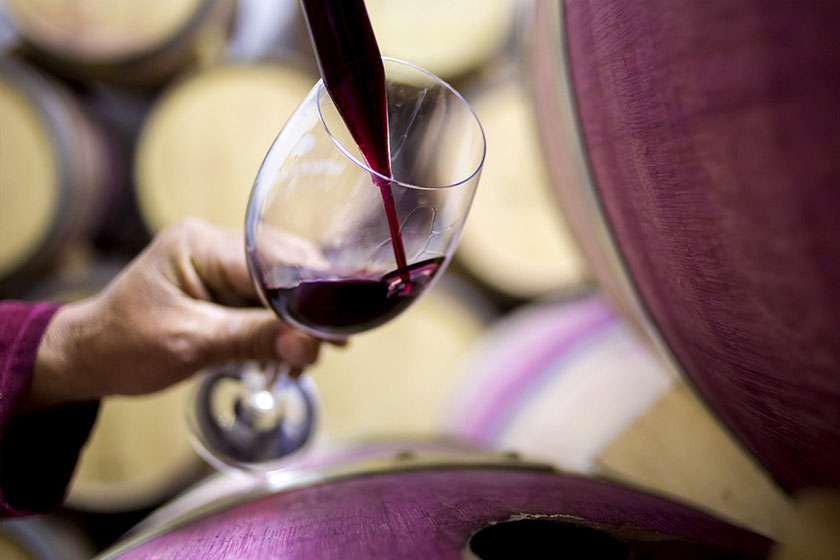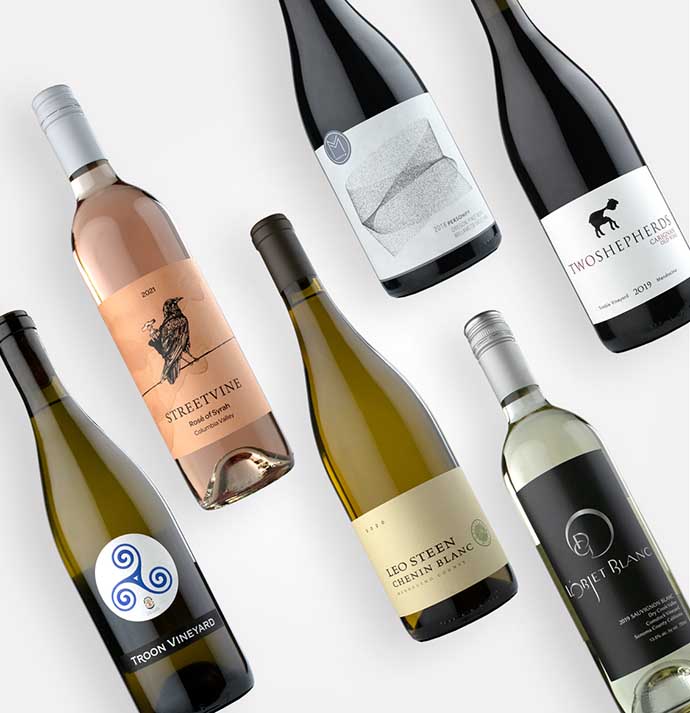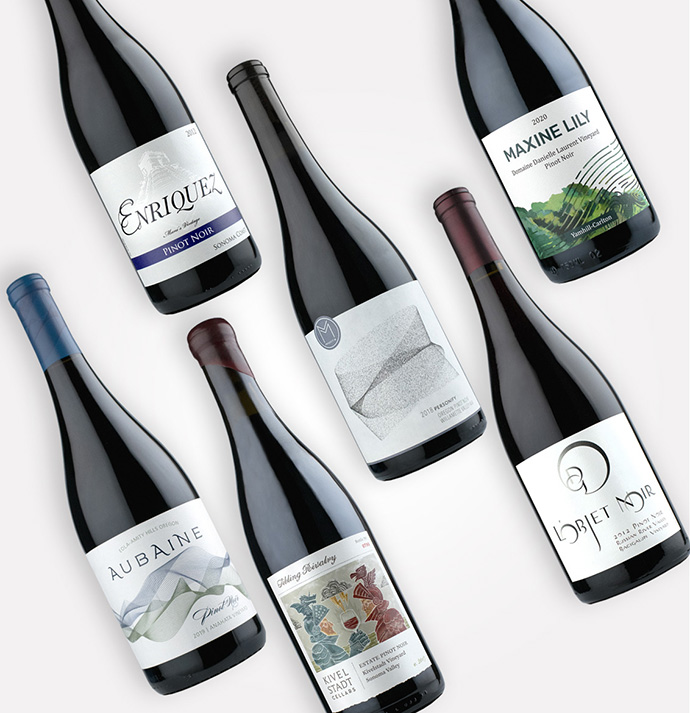An Oregon Pinot Noir for everyone
So you’ve found yourself in Oregon. Liberated from socks and embracing a new lifestyle? Maybe. Will you find yourself amongst the Pinot Noir? Almost certainly.
At Rising Wines Collective, we love that wine is an individual journey of preference, choice, and change. I, for one, stayed a long way from red-fruited Pinot Noir with its swooning entourage of status seekers and affected hangers-on, preferring dark-fruited Cabernet Sauvignon with its swooning entourage of status seekers and affected hangers-on. Wait, what?
I was lucky that the hands of a gifted educator advanced my appreciation for Pinot Noir. Lucky for you, our wine education video series features that same gifted educator.
Pinot Noir, a simple meeting of place, grape, and yeast, seems forever pressured to perform. Enthusiastically shoe-horned into spots where it should never be grown or closeted away in gilded wine cages, a commodity never to be shared.
Poor Pinot, maybe all it wants is to rest its weary head near a deep bowl of Coq au Vin.
Pinot noir, breaking hearts across the globe
Many French wine grapes have become successful globetrotters, meeting success in whatever well-drained soil their feet may land. Pinot Noir is on that globetrotter list, but only on its terms. Its thin skin may predict the legendary finicky temperament in the vineyard and winery. No other grape is as expressive of climate and site difference, recording the story, and relishing in the trials of each vintage. While not welcome everywhere, Pinot Noir has found a new world home in the familiar latitude, diverse terroir, and cool climate of Oregon.
“Oregon Pinot” is almost synonymous with the Willamette Valley, which produces 82% of the Pinot Noir in the state. However, Oregon did not waste its time building all that terroir for nothing. As a result, enjoyable Pinot Noir comes from the nooks and crannies of the Willamette Valley AVA (American Viticultural Area) and AVAs further south.
General Willamette Valley Pinot Noir characters
- Fruit-forward flavors
- Good balance
- Hints of earth and spices
- Bright acidity
Oregon’s latitude and cool climate give wine grapes a long warm growing season for flavor development with just enough cooling to retain vital acidity. Climate combined with diverse exposure and soil means there is a Pinot Noir for everyone.
Like Goldilocks and David Copperfield combined, Pinot Noir chooses the “just right” site for magic, whether a bright red-fruited wine or a dark fruited, complex powerhouse … or anything in between, especially in Oregon.
Pinot Noir fans should look for cooler vintages and AVAs with higher elevations or cooling winds for wines with more red fruit characters.
Wine characters from a cool vintage, cool sites, and cool winds
- Perfumed and aromatic
- Floral
- Red fruit including strawberry, red cherry, cranberry, and pomegranate
- Good acidity
- Smooth tannin
In addition to the factors above, soils can also influence the development of red fruit characters.
AVAs and soils that produce red fruit characters
- Dundee Hills AVA—Jory soil
- Ribbon Ridge AVA—Marine sedimentary soil
- Laurelwood District AVA—Especially younger, high-elevation vineyards—loess soil
Pinot Noir expresses markedly different characters in warm sites or even cooler places in warm years.
Warm vintage characters
- Darker blue or black fruits
- Earth
- Spice
- Power
- Structure
- Robust tannin
- Full-bodied wine
Warm AVAs or warmer sites
- Chehalem Mountain AVA—During warm years
- Ribbon Ridge AVA—During warm years
- Yamhill-Carlton AVA—Warmer location
- McMinnville AVA—Warmer location




